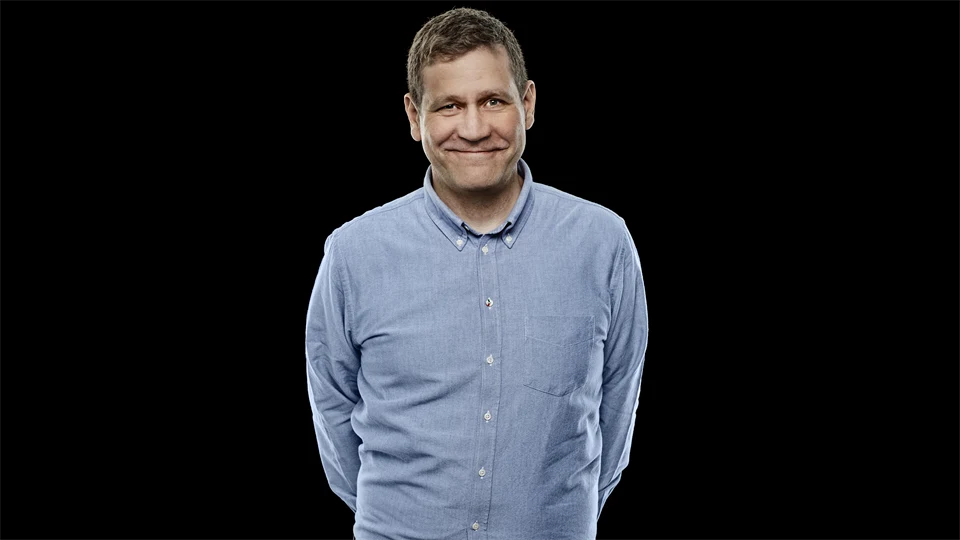The industry's increased needs are met by a new master's programme in additive manufacturing
Last autumn, a new master's programme in additive manufacturing was started, as a response to the industry's need for increased expertise in the field. Mikael Schuisky, VP and Head of Sandvik's Additive Manufacturing Services business unit, is one of those who predicts a good future for graduates.
– The need for competent, trained staff who understand these new technologies is increasing all the time. Looking at market analysis from a global perspective, the number of new metal printers installed in 2023 will increase by 6000 units worldwide. By 2026, that number will double to 12,000 per year, so the people needed to operate the printers, as well as those who design the components that will run in them, are increasingly in demand, says Mikael Schuisky.
Additive manufacturing, colloquially referred to as 3D printing, is a relatively new technology that is now on the rise in modern industry. The technology is expected to open up new ways of approaching the production of complex parts and products in metal.
– 6000 metal printers per year may sound like a lot, but the new installation of classic processing equipment such as milling machines and lathes is in the order of 100,000 per year. Additive manufacturing is still a small part of the existing production technology, but is growing quite fast and something we want to be prepared for. Once we have taken the step to start producing with these technologies, it is difficult to go back, because they enable designs that cannot be produced in other ways, he continues.
Both national and international needs
– Sweden is in a pretty good position with the aerospace, automotive and defense industries, where there is a need for additive technology both for future products and spare parts for old products. When it finally takes off, there will be machines building components in different places, I'm quite sure of that. But how fast it goes and how big it will be depends on the products in question. Internationally, it is also growing, for example in the aircraft industry, but also in medical implant production. Some industries will switch from a lot of processing to having a significant amount of 3D printing, says Mikael Schuisky.
Mid Sweden University's one-year master's programme will be able to contribute to parts of the industry's need for skills supply in additive manufacturing in the coming years.
– Just getting engineers out with a general knowledge of design for additive manufacturing and a general understanding of the technology, I think means that we potentially remove the first year of introduction in the industry. They will already have the mindset with them. Our hope with Mid Sweden University's master's program is that a number of competent students will graduate who may be possible for Sandvik to recruit, he says.
Focus on innovation, design and gender equality
The new technology not only opens up for alternative solutions in industry. Sandvik's goal also includes a more equal workplace.
– To attract the best candidates, it is important that we create cultures and environments where everyone thrives. I hope to see more women in the field, and I want to show that this is not just a male-dominated sphere. I also believe that if students are allowed to play with the design freedom that additive manufacturing offers, it in turn means that we can be innovative in finding product solutions and opportunities going forward. It is important to create the creative minds we need in the future, concludes Mikael Schuisky.
About the programme
The Master's Programme in Additive Manufacturing is adapted for those who want to develop their skills and can be studied remotely, full-time and part-time and on campus.
